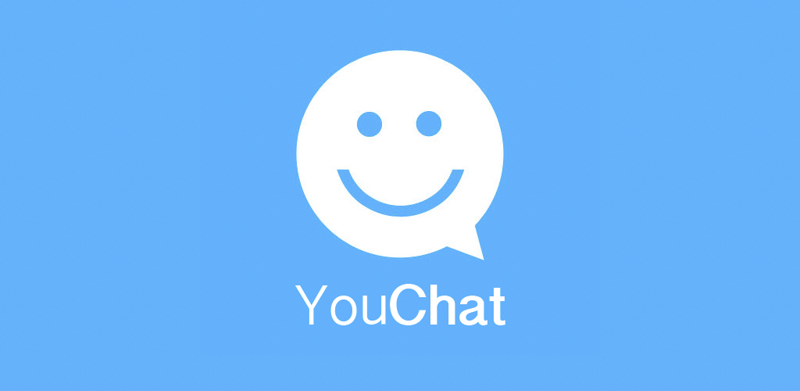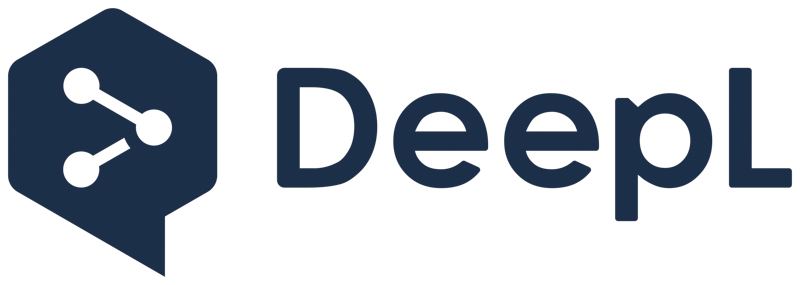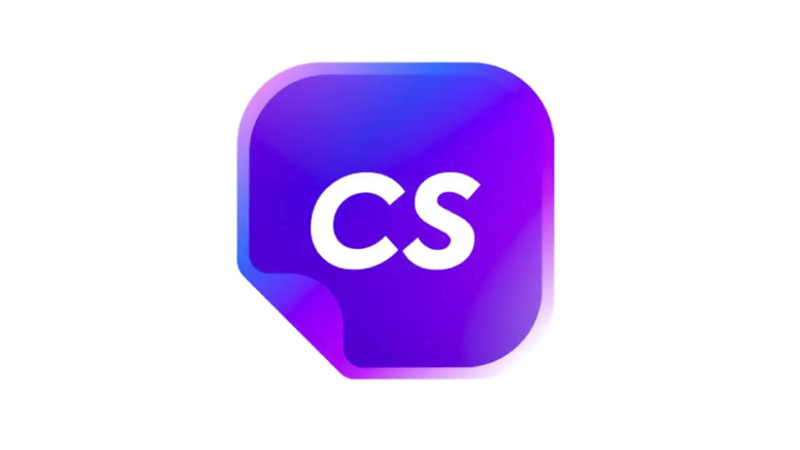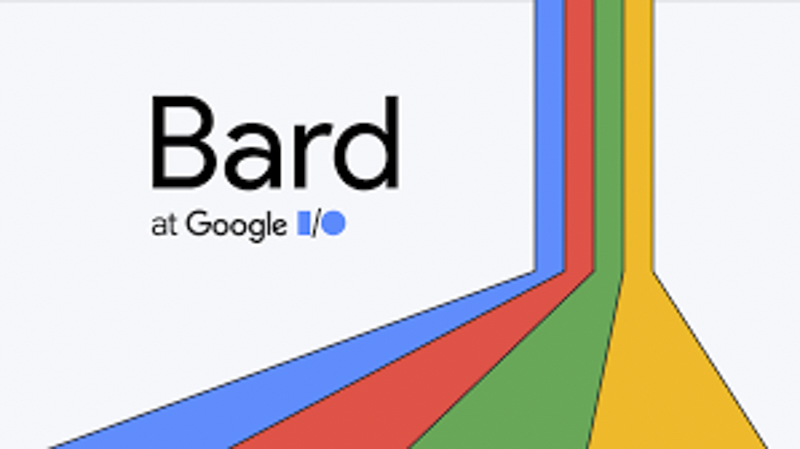12 Good Alternatives To ChatGPT
The Human Race Is In The Era Of Rapid Technological Development. The Advent Of Artificial Intelligence, Namely ChatGPT, Is The Latest In A Series Of Life-Changing Applications To Hit The Public Domain.
Since its inception, ChatGPT has captured people’s attention worldwide and has no shortage of practical applications that help fill the knowledge gap and simplify simple tasks. The conversational nature of this technology allows users to get accurate information and suggestions based on logic.
Mathematical equations and scientific theories are more readily available than ever before, and as a result, this technology has become a valuable resource for users from all walks of life.
As ChatGPT has become prevalent, it is essential to recognize its strengths and weaknesses and understand the available alternatives. As far as ChatGPT is capable, some of its options can perform some of its functions better.
Some options can provide newer and more up-to-date information, while others specialize in working with children. Either way, it’s valuable to understand the pros and cons of ChatGPT’s competitors.
This article brings 12 ChatGPT alternatives, ranked from low to high.
Perplexity
Perplexity AI is an alternative to ChatGPT that is free and still in beta. Perplexity is a search engine that uses OpenAI’s GPT-3.5 API and differentiates itself from the competition by providing answers backed by authoritative sources from across the Internet. With its user-friendly interface and focus on simplicity, Perplexity’s AI provides short conversational responses similar to ChatGPT while using external references to increase accuracy and reliability. Perplexity has a simple user interface that is easy for almost everyone.
Users can ask Perplexity’s AI anything, but its search engine often displays the information as originally written. This AI’s search engine prioritizes accuracy and transparency, mainly due to its reliance on external sources and texts that it quickly cites in its answers. However, the conversational nature of this AI is less than ChatGPT due to its dependence on resources.
YouChat

YouChat follows ChatGPT and acts as an AI search assistant to facilitate human-like conversations. Introduced by You.com in 2023, YouChat offers an array of capabilities, from problem-solving and language learning to content creation in any language. YouChat’s language compatibility is one of its outstanding features, as few AI chatbots have language diversity. This feature is essential for users looking to attract a global audience and expand their reach. YouChat is similar to Perplexity in its willingness to rely on reliable sources and cite information to provide the most profound and accurate perspective possible.
However, YouChat is not a complete artificial intelligence chatbot; its creators acknowledge this. This model is not as accurate as some of its competitors because it is still in development. As a result, there may be cases where users do not receive timely or correct information, and those looking to use YouChat should do their due diligence before using the knowledge that this chatbot obtains. Sometimes it may not even provide an answer, instead responding to users with something like “I’m still learning and can’t create an answer right now.” This bot may not be suitable for accurate and complete answers.
Jasper Chat

Jasper Chat, developed by Jasper Company, is a powerful conversational AI platform that works in the cloud. The platform’s strength lies in its ability to produce content with speed and quality, making it an ideal solution for companies that need time-efficient content production. This AI’s core is Jasper.ai, a ChatGPT-like interface that facilitates seamless conversations with AI. Jasper.ai, formerly known as Jarvis, has established itself as one of the most used AI tools on the market alongside Writesonic. An easy-to-use interface ensures uncomplicated access to this AI’s conversational capabilities, enabling its core to engage in continuous, context-rich conversations.
Jasper Chat’s information is valid until summer 2021, so like ChatGPT, it cannot answer any questions after that time. While ChatGPT’s GPT-3.5 interface is accessible, Jasper Chat charges users a fee to utilize its services fully. This chatbot is only available for paying users. Plans start at $49 monthly, and the company has discontinued its cheaper starter plan. While the chatbot’s technology is seemingly effective, Jasper Chat charges users nearly $50 more to use some of ChatGPT’s most essential features. The subscription price of this chatbot is still more than double the premium subscription price of ChatGPT.
DeepL Write

DeepL Write is an artificial intelligence application that specializes in intensive content creation. This AI does not have the same features as ChatGPT but instead focuses on one of ChatGPT’s capabilities. This bot is an excellent alternative for producing original, plagiarism-free content with a more authentic voice than ChatGPT offers. As a writing aid for its users, DeepL Write has a tool that provides its foundation with grammar corrections and helpful suggestions and recommendations on style, tone, phrasing, and word choice, helping its users become writers in Progress along the way. Also, this artificial intelligence has some tools as a translation device.
Neeva, the company behind DeepL Write, offers consumers a free trial before purchasing a subscription. The monthly subscription for this artificial intelligence is $8.74 per month, which must be paid annually. Those looking to use ChatGPT to create content via text may benefit more from DeepL Write, which seems to be optimized for this feature. DeepL Write is particularly good at translation, but the payment and general lack of research features can leave users with a difficult decision. ChatGPT can translate some texts very well.
OpenAI Playground

The Playground is similar to ChatGPT and starts with an AI connection that two chatbots share. Playground AI uses OpenAI’s GPT-3 model, which has a neural network with over 175 billion parameters. As a result, both tools effectively leverage the power of GPT models to perform several language processing tasks. However, OpenAI Playground differs in several positive aspects, such as being more user-friendly and more accessible to the general public. While ChatGPT is more focused on conversational AI, Playground AI offers more variety in its features beyond chat capabilities.
The differences between the two AIs may seem minor, but those already familiar with ChatGPT can refer to Playground if they are not using the former tool for whatever reason. Non-technical users looking to test an AI chatbot for the first time can and should visit Playground before trying ChatGPT. Of course, ChatGPT can output information in multiple languages, while Playground is limited to English. Meanwhile, ChatGPT can generate more personalized and context-relevant responses because it can better understand and analyze natural language input.
Socratic
Socratic is one of the few alternatives to Google AI. However, this ChatGPT alternative is an option marketed to students and children. Socratic provides users with study guides, video tutorials, and step-by-step help to facilitate practical learning approaches. In addition, this artificial intelligence uses Google’s knowledge graph to source information from the Internet and ensures up-to-date and relevant content. Google’s Knowledge Graph is one of the flagship features of Google’s AI chatbots and one of the features that sets it apart from ChatGPT. Like other chatbots, Socratic generates responses when you ask questions and even has an app available for download in the App Store and Google Play Store.
Like ChatGPT, Socratic is not a free-to-use tool. The app has an additional feature that allows students to scan their e-sheets and receive answers and homework help. However, Socratic will not write articles in the whole ChatGPT way. It’s also not the most accessible app out there, as it hasn’t received an update in nearly three years and may not work on recent versions of Android. The cost of this service is $5 per month for one child.
Claude

Anthropic, an AI research company, recently unveiled its approach to its next-generation AI assistant, AIClaude. This AI shares a conversational tone with ChatGPT and various tasks such as summarizing, searching creative and collaborative writing, and more. This chatbot is available through the chat interface and API in the Anthropic developer console. The company also offers two different versions of the tool: Claude and Claude Instant. The former offers basic features, while the latter prioritizes speed. Anthropic has partnered with companies like Quora, Juni Learning, Notion, and DuckDuckGo, all of which help power the AI’s capabilities.
While ChatGPT has garnered much attention for its conversational tone, Claude furthers this feature by asking the user questions when appropriate. ChatGPT is also preferred for those looking to use their AI assistant specifically for coding purposes, as Claude cannot do so.
Chinchilla
Chinchilla is another ChatGPT alternative that relies on its ability to access a lot of information across the web. Chinchilla is three times the size of OpenAI’s GPT-3 for scale, meaning it can generate its responses many times faster. Also, this artificial intelligence provides an accuracy rate of 67.5%. Chinchilla also offers a less conversational tone than competitors like ChatGPT and Claude and can answer most questions in just a sentence or two.
Chinchilla is an excellent choice for those looking to use an AI search engine, get help writing and creating content, and even create AI artwork. However, access to this AI is problematic as it is not publicly available. Those looking to access the early version of Chinchilla can contact its developer, DeepMind, to gain access to the earlier version of this technology. As of the writing of this article, there is no timetable for the general release of the Chinchilla nor a possible price structure for the features of the gadget.
Microsoft Bing AI

Not surprisingly, Microsoft is one of ChatGPT’s biggest competitors. Bing AI acts as an AI-powered search engine, although it has AI-powered features like “Chat” and “Compose” that can be used as an alternative to ChatGPT. Bing AI is available through Microsoft’s new Edge browser and the Bing and Edge mobile apps for Android and iOS users. Like ChatGPT, Bing AI is free and allows users to submit up to 1,000 monthly jobs.
Bing AI differs from ChatGPT thanks to the Prometheus model. Prometheus is a form of computing that provides users with more accurate, timely, and optimal answers. Users can also ask questions of up to 1000 words, while ChatGPT has a limit of 4096 characters (or roughly 500 words).
Bing AI also supports more than 100 languages and has voice search capabilities. If this artificial intelligence cannot give a specific answer to a question, Bing artificial intelligence offers a set of recommendations to the user. But this ChatGPT alternative will lack the chat tone of ChatGPT. However, if getting new information quickly is essential to you, Bing AI can be a suitable replacement for ChatGPT.
Bloom
BLOOM is one of the best ChatGPT alternatives regarding quantity and quality of features. This AI is one of the best AI assistants in maximizing the elements that inspired ChatGPT. With 176 billion parameters, BLOOM can generate text in 46 natural and 13 programming languages, putting it on par with some of the best AI assistants. BLOOM is suitable for answering questions, translating, and presenting grammar. The tool is also open source, paving the way for anyone with the proper knowledge to extend Bloom’s capabilities.
BLOOM can now be tried for free and used by those who agree to the AI’s terms. If one only desires to use AI for text generation, translation, or summarization, BLOOM can provide immediate assistance with extensive tools. BLOOM lacks many of ChatGPT’s features and has a narrower focus on comprehension. Meanwhile, ChatGPT is more suitable for a broader range of language production questions.
Chatsonic

Chatsonic is considered a solid alternative to ChatGPT due to its use of GPT-4 core with what ChatGPT can offer to premium subscribers. GPT-4 is a much larger language model with 170 trillion parameters, allowing for greater response variety.
It can produce more accurate and coherent text and perform more complex tasks. Chatsonic is also integrated with the Google Knowledge Graph, which keeps only published information as up-to-date as possible.
Chatsonic also excels in its analytics and customization, making it an excellent option for businesses looking to integrate AI into the workplace. The Chatsonic also integrates with apps like Slack, WhatsApp, and Facebook Messenger and has apps that users can download for their browsers.
While GPT-4 is a plus for Chatsonic, it’s worth noting that, like ChatGPT, you must pay to use the AI’s professional features. A Chatsonic Pro plan costs users approximately $20 per month. However, Chatsonic has more features to justify its more expensive subscription, such as the ability to produce artistic renderings. Those looking to try Writesonic get their first 10,000 words free.
Google Bard

Google launched Bard artificial intelligence in March 2023. Considering the company’s position worldwide, the fact that many people prefer this AI assistant over ChatGPT is unsurprising.
Adding depth to the discussion is Google’s use of its unique language model, which causes the AI to approach questions in a unique way that can lead to different answers than ChatGPT. Meanwhile, Bard’s data sources are also amazing.
This Google AI assistant has real-time access to the Internet, provides access to current data, and finally provides a unique voice in the space. In contrast, ChatGPT is trained on a predefined dataset that has not been updated since 2021. This aspect alone gives Bard a significant advantage over ChatGPT.
However, ChatGPT is a “smarter” chatbot because it can better learn from its conversations with people and adjust its responses based on those conversations and learnings.
However, Bard instantly generates three drafts of the same question, allowing users to easily compare and contrast answers to check their appropriate choice on a topic freely.
Bard also excels at generating concise and readable responses, although ChatGPT is a better bot for generating creative responses and suggestions. In the end, personal taste and preferences will be decisive for those looking to choose a chatbot.

